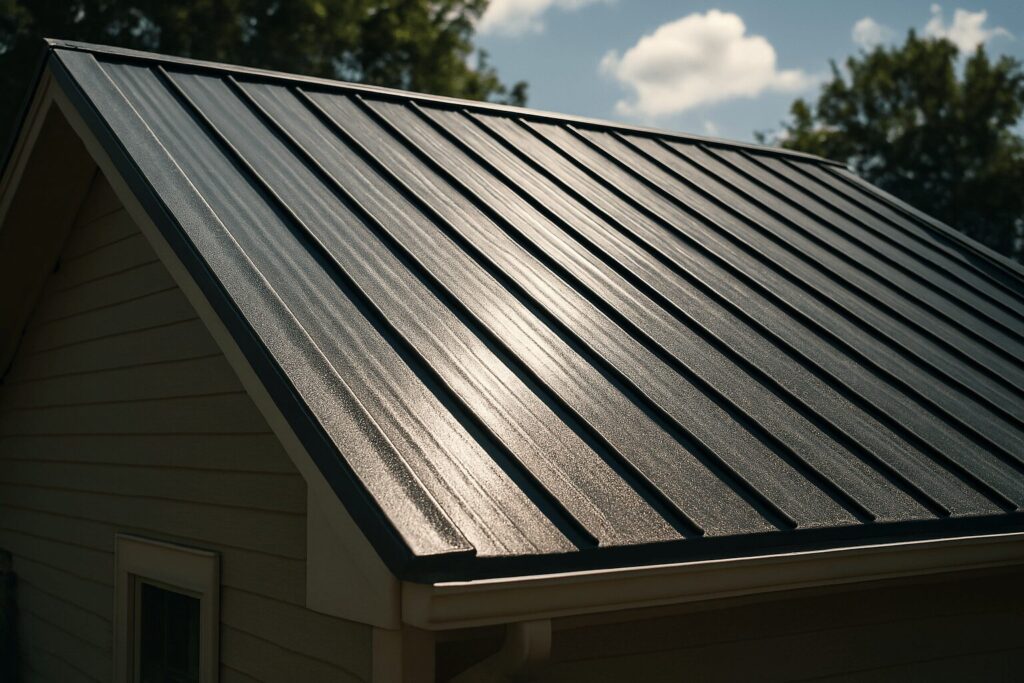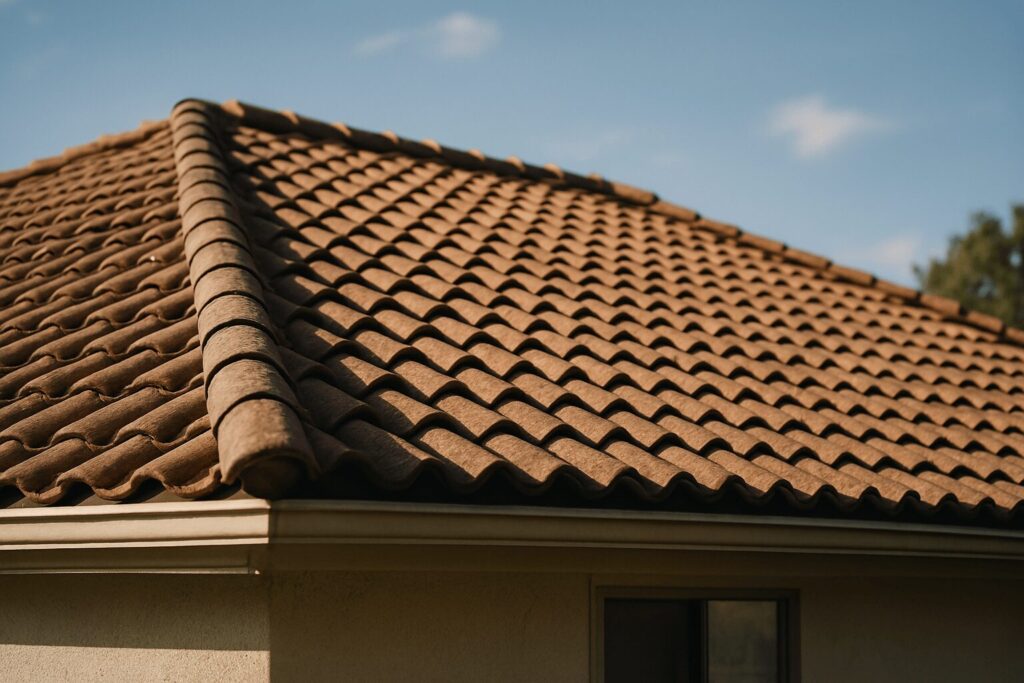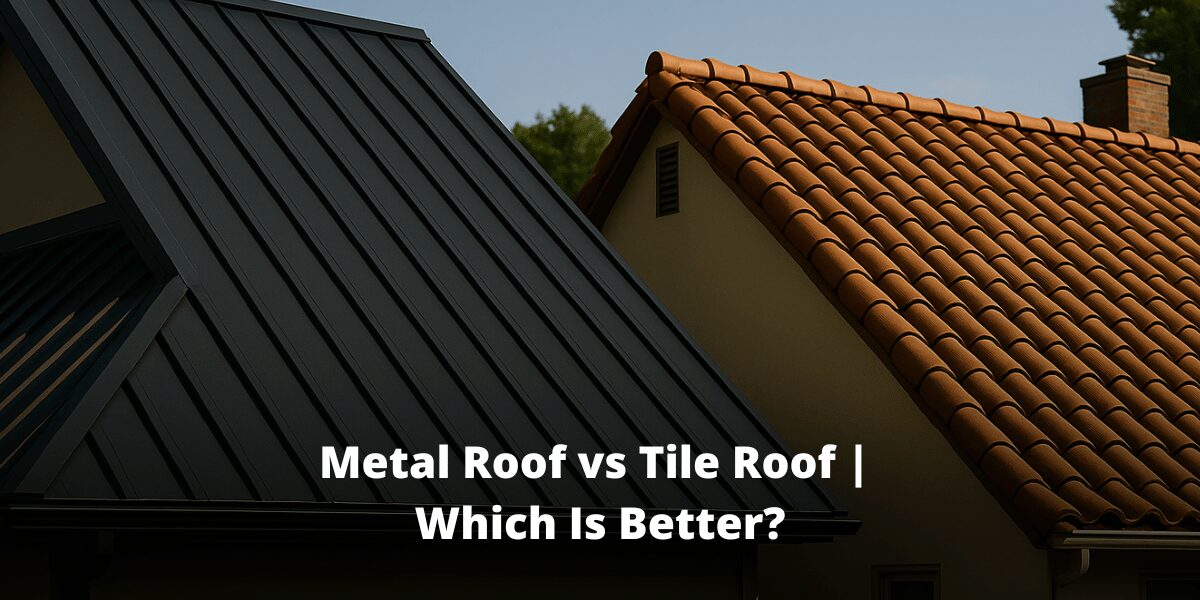Stuck choosing between a metal roof or tile roof? Both are tough, long-lasting, and look great—but they come with very different pros, cons, and price tags.
Whether you’re after sleek and modern or timeless and traditional, we’ll break down what really matters: cost, durability, and style.
Let’s help you pick the roof that actually fits your home.
Key Notes
- Metal roofs offer better value with 40-70 year lifespans and prices from $5-12/sq.ft.
- Tile roofs excel in aesthetics and longevity, lasting 50-100+ years despite higher costs.
- Climate considerations: metal for storm-prone areas, tile for hot regions with thermal benefits.
Overview: Metal Roof vs Tile Roof
| Feature | Metal Roof | Tile Roof |
|---|---|---|
| Lifespan | ✔️ | ✔️ |
| Durability | ✔️ | ✔️ |
| Maintenance | ✔️ | ✔️ |
| Weight | ✔️ | ❌ |
| Energy Efficiency | ✔️ | ✔️ |
| Installation Cost | ✔️ | ❌ |
| Noise Resistance | ❌ | ✔️ |
| Impact Resistance | ❌ | ❌ |
Metal Roof Overview

Metal roofs are built to last. Whether steel, aluminum, or copper, these roofs handle extreme weather like champs.
They’re lightweight, energy-efficient, and come in various styles, including the sleek terracotta metal roof that mimics traditional clay tiles.
Each metal roofing material comes with its own strengths. Steel is the most common and comes in galvanized or galvalume options, offering strong resistance to rust and corrosion.
Aluminum is lightweight and naturally resistant to rust, making it a top choice for coastal homes. Copper and zinc are premium options that develop a unique patina over time, adding a distinctive aesthetic appeal while maintaining durability.
Core Features
|
Advantages of Metal Roofs
|
Disadvantages of Metal Roofs
|
Pricing
Metal roof installation costs between $5–$12 per square foot, depending on the material and complexity.
| Material | Material Cost per Square Foot |
|---|---|
| Steel | $5 – $10 |
| Aluminum | $6 – $12 |
| Copper | $15 – $30 |
| Zinc | $10 – $20 |
Tile Roof Overview

Tile roofs bring character and longevity. Popular in warmer climates, they handle heat like a pro.
You’ll often see Spanish tile roofs lasting 50–100 years, sometimes longer. They’re heavy, but that weight adds durability and a premium look.
There are different types of tile roofing materials, each suited to specific needs:
|
Core Features
|
Advantages of Tile Roofs
|
Disadvantages of Tile Roofs
|
Pricing
Expect to pay $7–$20 per square foot, depending on the type of tile.
| Material | Material Cost per Square Foot |
|---|---|
| Clay | $10 – $20 |
| Concrete | $7 – $15 |
| Slate | $15 – $30 |
Which Roof Is Better for Your Home?
Choosing between a metal roof and a tile roof depends on multiple factors, including climate, budget, and long-term durability. Here’s how to decide:
Live in a Storm-Prone Area?
Metal roofs are more resistant to wind and rain compared to tile, making them ideal for regions with hurricanes and heavy storms.
Want the Longest Lifespan?
Tile roofs have a proven track record of lasting over a century, whereas metal roofs, while long-lasting, typically cap at 70 years.
Need an Energy-Efficient Roof?
Metal roofs reflect sunlight, reducing cooling costs, while tile roofs absorb heat and gradually release it, making them better suited for hot climates.
Considering Resale Value?
Both roofing options enhance property value, but tile roofs offer a high-end appearance that can attract buyers looking for timeless architectural charm.
Frequently Asked Questions
Are metal roofs cheaper than tile?
Yes, metal roofs generally have a lower upfront cost, ranging from $5–$12 per square foot, compared to tile roofs at $7–$20 per square foot. However, the total cost depends on factors like installation complexity and structural reinforcement.
What are the disadvantages of a metal roof?
Metal roofs are durable, but they can be noisy during heavy rain, dent from hail, and have a higher initial cost than asphalt shingles. Some homeowners also find them less aesthetically pleasing than traditional tile.
How long do Spanish tile roofs last?
Spanish tile roofs typically last 50–100 years, with some lasting even longer with proper care. Their longevity makes them a top choice for homeowners who want a long-term roofing solution.
Conclusion
In the end, it’s less about which roof is “better” and more about what fits your home’s needs.
Metal roofs bring flexibility, lighter weight, and solid weather resistance—great for stormy regions or modern builds. Tile roofs, on the other hand, offer classic curb appeal and unmatched longevity, especially in hotter climates.
What’s often overlooked is how much your local environment, budget for structural support, and personal style all play into this decision. You’re not just buying a roof—you’re shaping the look and feel of your home for decades.
If you’re weighing options or want honest pricing for repairs or a full roof replacement, reach out today for a free quote.

